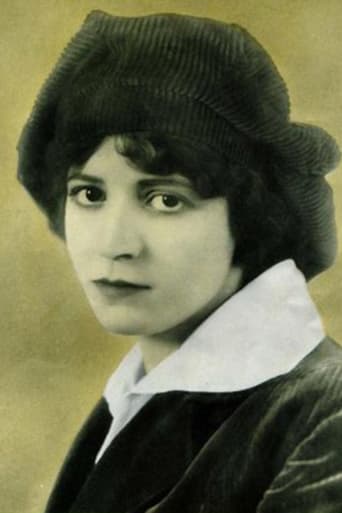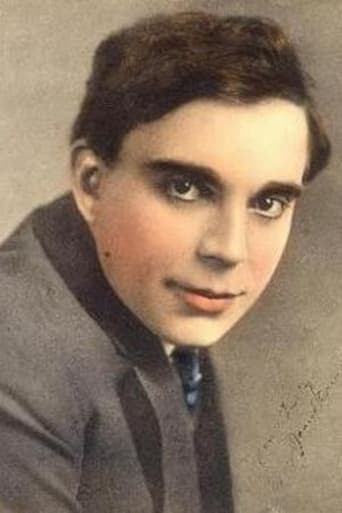Michael_Elliott
She (1911) ** 1/2 (out of 4)H. Rider Haggard's novel "She" was filmed several times during the silent era and this version is from the Thanhouser company. In the film, Marguerite Snow plays She, a powerful woman who waits for her lover to return from the dead. She believes that Leo (James Cruze) is her lover reincarnated but this could lead to her fall.SHE was filmed several times during the silent era but this here is the earliest surviving version. Obviously with just a twenty-four minute running time there's not enough here to fully dive into the novel but for the most part I found this to be entertaining for what it was. The first half of the film is pretty much the backstory dealing with She, her powers and her lover who eventually dies. The second portion of the film gets into his resurrection but the direction by George Nichols just doesn't do too much here. The film doesn't really deliver us a full story and I'd argue that there's not much drama or anything else here. I did like Snow in her role and Cruze wasn't that bad either.
Cineanalyst
This "She" is an interesting early two-reel screen adaptation of Haggard's novel. American studios were just beginning to produce multi-reel productions around this time, which was undermining the Nickelodeon one-reel standard, and this film in particular seems to have been Thanhouser's first two-reeler. The additional reel really does help, too; this is the earliest of Thanhouser films that I find very interesting. For this still confined length, however, the filmmakers economically re-plotted Haggard's book into chronological order. They also made a peculiar choice in spending much, if not most of, the narrative on the past part, where She kills the one she loves. Additionally, from our modern perspective, it's obvious that they could have saved additional minutes to retain more of Haggard's narrative with the modern practice of cutting to and from scenes during the actions rather than having a scene that begins with no characters and, then, waiting until all characters have entered and left the frame before moving to the next shot, but they were using the common practices of 1911. Another easy criticism is that a couple of the sets are very cheesy.Regardless, there are some good parts here, and, overall, this was a significant movie for 1911. The picture's second shot, I thought, had decent framing and settings, and the outside photography of the characters traveling isn't bad. There are also a few special effects. The double exposure to make James Cruze appear twice in one shot in his dual roles wasn't anything special, as George Méliès had done that more than a decade before and nearly everyone had been doing it since. She's superimposed visions appearing via a pulled curtain was a nice touch, though. There's also a slight dolly shot, which goes inward and then pulls back outward, during She's death; dolly shots had also been around for a while, too, but they were more rarely used, and its employment here is effective.Marguerite Snow plays the title role. In a 1911 "New York Morning Telegraph" poll of the most popular movie actresses, she came in second, ahead of Mary Pickford and Mabel Normand and behind only Florence Turner (a.k.a. "The Vitagraph Girl", who appeared in her own big multi-reel production in 1911, "A Tale of Two Cities"). At some point, Snow also married her co-star here, James Cruze. Cruze would have more success as a director in the 1920s, which included "The Covered Wagon" (1923).(Note: The print is jumpy and shows its age, but that's to be expected.)

